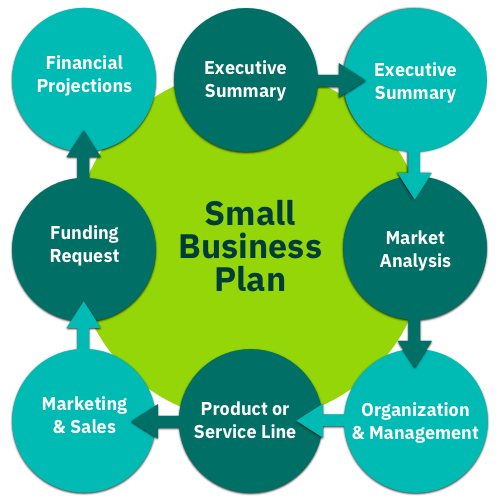Startup growth is an exhilarating journey but also a challenge for most entrepreneurs. It requires a delicate balance between strategy, execution, and agility. But what exactly does startup growth mean, and why is it so important?
1. What is Startup Growth?

Startup growth refers to how a young company evolves from its initial phase into a sustainable and scalable business. Growth is about increasing market presence, improving revenue, and expanding product or service offerings. It’s more than just getting customers—growth means creating a solid foundation for long-term success.
Why Is Growth Critical for Startups?
With growth, startups can continue. Growth allows businesses to adapt to changing market conditions, beat competition, and achieve financial sustainability. It’s the lifeblood of any startup looking to move from surviving to thriving.
2. The Stages of Startup Growth

Every startup goes through different growth stages. Knowing which stage you’re in helps fine-tune your strategies.
Early-Stage Growth
This is the infancy of your business. You focus on getting your first customers, testing your product, and finding market traction. The early stage is a time of experimentation, learning, and adjustment.
Scaling Phase

Once your product-market fit is established, it’s time to scale. Scaling requires more significant marketing, operations, and infrastructure investments to support the increased demand.
Maturity and Expansion
At this point, your startup is no longer just a startup; it’s a well-oiled machine. This phase is about expanding into new markets, improving operational efficiency, and continuing innovation to stay competitive.
3. Key Startup Growth Strategies

There are several approaches to ensure sustainable growth. Let’s dive into the most effective strategies.
Product-Market Fit
Achieving product-market fit means that your product satisfies the demands of your target audience. It’s the foundation of all growth efforts.
Identifying Customer Needs
Start by deeply understanding your customer’s pain points. Conduct surveys, focus groups, or interviews to get firsthand insights.
Adapting Your Product

Once you’ve gathered enough data, tweak your product to meet those needs better. This could involve changing features, adding new ones, or even shifting your target market.
Lean Startup Methodology
The Lean Startup Methodology focuses on creating a product efficiently, with as little waste as possible.
Rapid Testing and Iteration
Build, measure, and learn. Continuously test your product and pivot quickly based on customer feedback.
Reducing Waste

By focusing only on what truly adds value, you can cut unnecessary features or processes that slow down progress.
Scaling with Technology
Technology can amplify your growth. Whether automating processes or leveraging digital platforms, tech is a game-changer.
4. Customer Acquisition and Retention
The most critical aspect of growth is acquiring and keeping customers. Let’s break down strategies to attract and retain them.
Acquisition Strategies

Customer acquisition can be expensive, but intelligent ways to grow your user base exist.
Paid Advertising
Google Ads, Facebook Ads, or even LinkedIn can significantly boost visibility if targeted correctly.
Organic Growth
Content marketing, SEO, and social media engagement can drive significant traffic, especially consistently.
Retention Strategies
Getting customers is one thing; keeping them is another.
Loyal customers lead to repeat sales and word-of-mouth marketing. Invest in nurturing customer relationships through email campaigns, personalised experiences, and top-notch customer service.
5. Financial Management for Growth

Growth is exciting, but it’s also expensive. Managing finances properly is critical to sustaining momentum.
Managing Cash Flow
Cash is king, especially in startups. Monitor your inflow and outflow carefully, ensuring you have enough runway to cover expenses and invest in growth.
Attracting Investors
At some point, you may need external funding to fuel your growth. Craft a compelling pitch showcasing your growth metrics and future potential to attract investors.
6. Common Mistakes to Avoid

Many startups fall into traps that can derail their growth plans. Let’s look at a few common mistakes.
Ignoring Customer Feedback
Your customers are your greatest asset. Ignoring their feedback can result in a product that doesn’t meet market needs, leading to stagnation.
Scaling Too Quickly
Growth is essential, but scaling too fast can be as detrimental as growing too slowly. Ensuring your systems, staff, and infrastructure can handle rapid expansion is crucial.
Conclusion
Growing a startup is like running a marathon, not a sprint. It requires patience, persistence, and a solid strategy. Your startup can thrive in a competitive market by focusing on understanding your customers, building a product they love, and efficiently managing your resources. The journey will be challenging, but your startup’s growth will skyrocket with the right approach, setting you up for long-term success.








